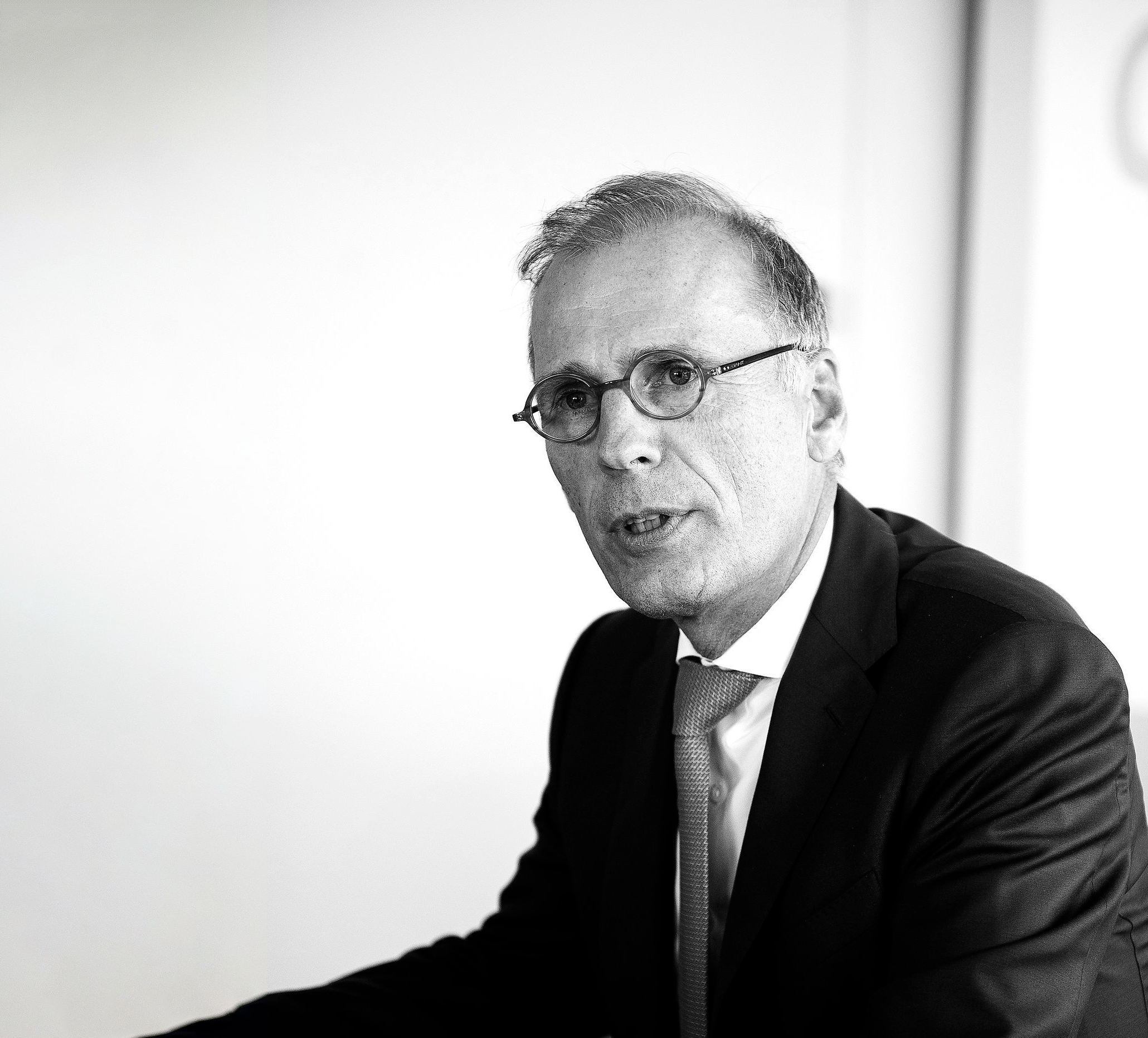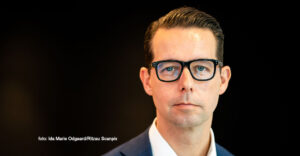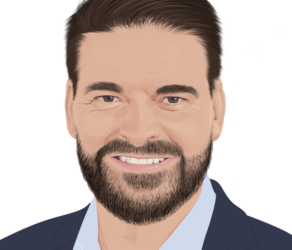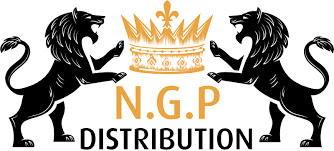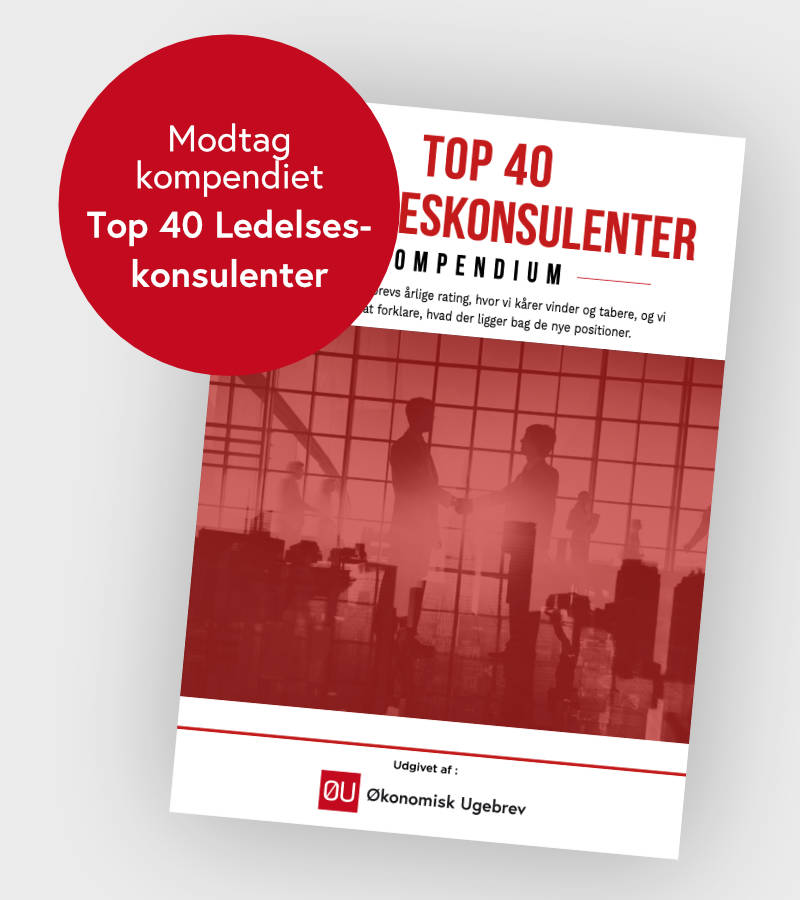The chief executive of the Carlsberg Group, Dutch Cees ‘t Hart, is embarking on a long career in the international Unilever Group. Those experiences have shaped him as the leader he is today. Read about his management experiences told to our editor of management subjects, Peder Bjerge.
Carlsberg Group’s CEO, Dutch Cees ‘t Hart’s many years in the British Unilever group have left their marks. When Economic Weekly, Management, asked him to point out his five most important management experiences, he began by pointing out that as a leader, he is a product of a career that spans several different positions and countries where Unilever is present. Right from Poland to Singapore. Right from marketing to Human Resource.
Although he mainly sees himself as a corporate person, Cees ’t Hart is very concerned with creating a culture that is largely based on keeping the main focus on the original purpose of the company, including what its original founders had in the mind.
1: Locate the indigenous purpose of the company
“Finding the real core of the organization, the purpose of the company, is incredibly important. Every business has its own unique purpose.
Particularly in large companies such as ours, there is a tendency to lose sight of this purpose over time. It happens when companies grow big. I think it is fair enough to say that our company at one time was less close to the real purpose of its existence. We had forgotten that a bit. The importance of this is closely linked to my other important management experience, which I’ll get back to in point two, namely to behave as someone who had helped found the company. That passion for customers and quality must not be lost.
I see it as a huge strength, when all employees know why this particular company exists. So this “why” is very important to me, simply because it leads on to “what” and “how”. As a company, you need to very clearly keep this in mind when you prepare the company to meet the challenges of not just today but also tomorrow.
In that very purpose, i.e. “why”, usually expressed in a short sentence, there is a source of a lot of pride and connection to the history of the company. The purpose is a guide to support leaving what was once the company in order to create the opportunities for the company in the future.”
2: Behave like a founder
“If you have forgotten the purpose of the company, you need to find your way back to thinking and behaving like the company’s founder. We should not be like “corporate governance employees” who behave according to a set of rules.
Particularly employees at the top of the company have to be like the original founders of the company. When I say that, it’s because in general the founders of a company are always obsessed with two things, the customers and the quality of the products. This very obsession has to shine throughout the entire company.
Sometimes it’s actually pretty hard to see how our customers are suffering because of COVID-19. We have many people who have invested all their money, all their savings, in their own business, only to see all their dreams wiped out in just one year during the pandemic. We try of course to help them, but we can’t help everyone financially. We are also affected by the lack of demand due to the pandemic. But it’s very hard to see them suffer like that.
So to me, behaving like a founder is a matter of taking care of the customers and trying to understand their needs and problems.
That realization comes from my start in the Unilever Group, where if you move up the ladder, you can all too easily end up becoming what you might call a corporate tiger, so to speak. When I got my first management position, I was pretty young. But it dawned on me that the employees were incredibly motivated. But they had no idea about the purpose of the business, all the “why”, “what” and “how”, I talked about earlier.
So I found that you can be very successful if you can get employees to find their way back to the founders’ values and passion for customers and quality. And it doesn’t matter whether it’s a football club, a company or a newspaper. If you, as a manager, together with employees, can mobilize the energy around answering those questions, you can take the company very far.”
3: Clear framework for decisions
“The bigger companies are, the more bureaucratic they often are. This is when it becomes important that the employees know that they can make decisions on their own, as long as they stay within the goals and overall priorities that we have set in the top management. If that is clear, there is a lot of leeway to work under.
As long as we have clear goals, managers and employees can make decisions within the priorities that are about creating new growth and securing the company for the future. If you give employees and managers those opportunities, you free them of the inertia and bureaucracy that would otherwise often start to affect a large company.”
4: Make sure to get into the centre of the company
“You need to make sure you have time to eat breakfast with a limited circle, maybe just eight to ten people. It could be a guy from the front desk or him or her in charge of sales or marketing.
Often it is particularly good to talk with people who are leaving the company, so-called exit interviews. Here you are sure to get their honest opinion. When you have meetings like that, the point is to get to know why they are getting out, what they are looking at, and what they are leaving behind in the company. Conversations like that are expressions of the fact that as the top CEO, you have to make sure to get down into the centre of the company.
When I arrived, we were a company just made up of different pillars. And my office was on the 21st or 22nd floor. I used to joke that I could be dead for ten days without anyone missing me. I was completely isolated from the rest of the business. So it’s about getting into the centre of what makes up the business.
So when we built the new office space, my desk was positioned where everyone can see that I am present. We can meet at the coffee machine. Of course, it’s about getting input to plans and strategies. But it’s also about showing people that you, as the chief executive, are interested in their performance. It is about showing your attention, and whether we all or the individual employee is on the right course. If we are not, it is about correcting so that we get back on track.
I hope people are not afraid of meeting me at the coffee machine. It’s just about us being people who meet at work. So they can meet me as an ordinary person. I hope they can tell me the truth, even if it is not always the full truth. They may not always be quite as open to me as to equals. But it is a step towards being in the centre of the company.
Personally I learned it in the absolute beginning where I started in the HR department. I was there for three years. I talked a lot with people at the production lines. When there was a coffee break, I was in the cafeteria to meet them. Many say that employees are our greatest strength. This is often being said in speeches to other HR managers. Many say so, but it’s something that requires an effort. And basically, it’s about being interested in another human being.
An example from the time in Unilever is that we had a sickness absence of 12 percent. I started looking at the numbers and the employees who were sick more than three times a year and for more than 20 days. Those I invited for a cup of coffee. And I learned a lot from these people. That way, we reduced sick absence to 8 percent. Often it was just about being seen. If you feel neglected, you also don’t feel that it matters if you stay away.”
5. If I am not surrounded by good people, I can’t succeed
“Sometimes I think people overlook that the success of a company stems from the team. A company’s failure has its roots in the CEO, if you ask me. If one is to be successful, it is ultimately about the efforts of a lot of people. A failure has only one person as the cause. For example, if you are a conductor, you can not compensate for the fact that the first violinist and trumpeter have a bad day. You just can’t. But the moment you as a conductor don’t conduct well enough, everything falls apart. It’s the same in a company.
I read an article some years ago, but I still remember the message. Namely, that the common denominator for successful CEOs was not about gender, age or anything else. The only thing they had in common was that during the first five years of their careers, they had a really good boss.”
For more articles in English: Our articles in English

